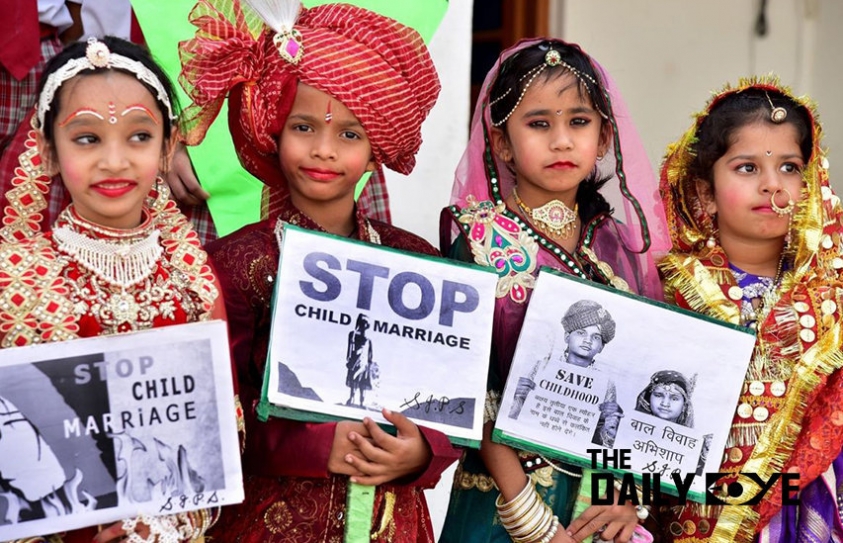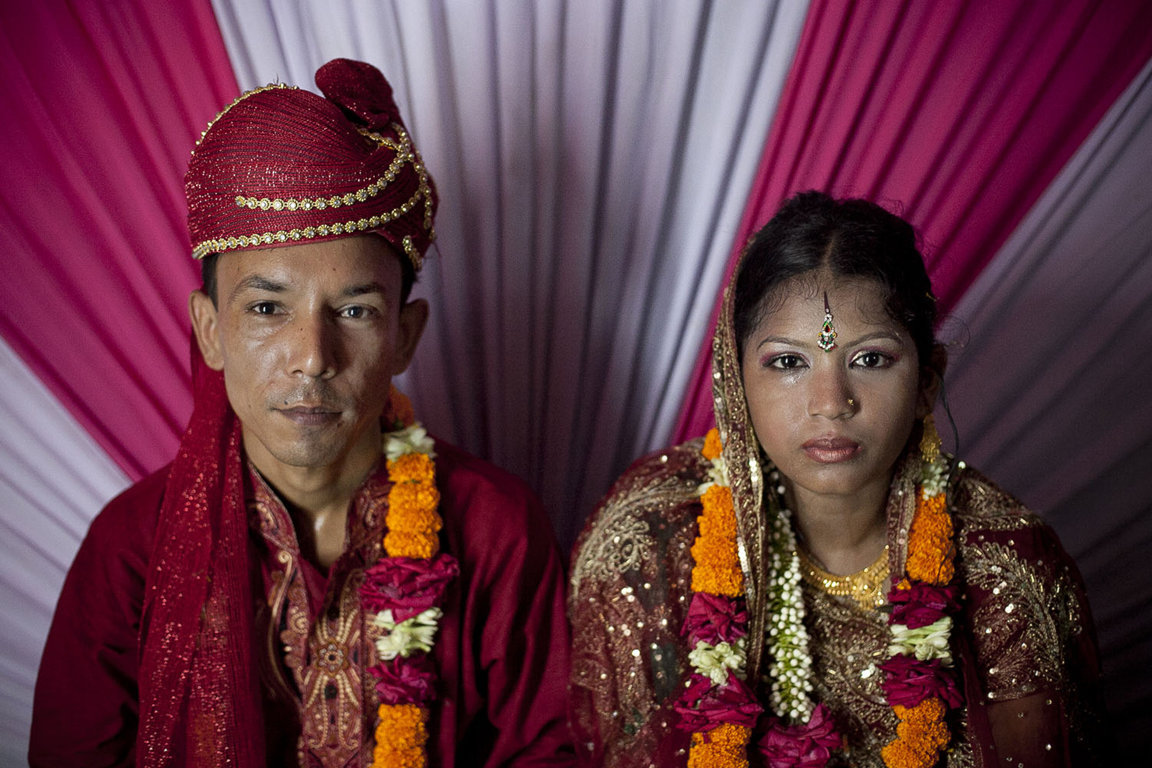
Climate Change leading to increasing Child Marriage Rates
by Yash Saboo December 18 2017, 5:07 pm Estimated Reading Time: 2 mins, 53 secsClimate change is arguably one of the largest threats to global development and security. Each and every person would have a different perspective on what climate change looks like. For some, it would be change in agriculture patterns and precipitation, and for others, it might be cities disappearing or glaciers melting. But who would have thought climate change would also affect child marriage.

source:Pray for the Nations
Yes, it’s a shocking truth. Climate change is actually affecting child marriages. Ntonya Sande’s story on The Guardian reveals how the flood ensured that Ntonya Sande’s first year as a teenager would also be the first year of her married life. Up to the moment the water swept away her parents’ field in Kachaso in the Nsanje district of Malawi, they had been scraping a living. Afterwards, they were reduced to scavenging for bits of firewood to sell.
So, when a young man came to their door and asked for the 13-year old’s hand in marriage, the couple didn’t think about it for too long, lest he looks elsewhere. Ntonya begged them to change their minds. She was too young, she pleaded. She didn’t want to leave. But it was to no avail. Her parents sat her down and spelled it out for her: the weather had changed and taken everything from them. There was not enough food to go around. They couldn’t afford another mouth at the table.
"I hesitate to say climate change and urbanization are the major causes of child marriage. But they do compound it and make it a bit more difficult to intervene,” said Sen Gupta, who has been in Bangladesh for seven months and previously worked for UNICEF in India, Sri Lanka, Myanmar, Ghana, and Somalia.
However, innovative efforts to curb the threat - particularly training young people to help each other - are paying off, with Bangladesh’s government now incorporating programmes started by organizations such as UNICEF and Save the Children, she said.
Preventing child marriage is one of the main focuses of the groups, Sen Gupta said, with members keeping an eye out in the community for girls at risk, and then, if they see a threat, alerting community leaders, who are able to step in. “The best tool is the adolescents themselves,” she said “they intervene - they know who to contact, they have a helpline. They call and say a marriage is planned.”
Better yet, said Sen Gupta, a psychologist by training, the groups have created a growing conviction among many girls that early marriage is not only bad for their health and prospects but something they can avoid with community support. “Adolescents themselves are more able to say ‘I’m not getting married’” she said. “Girls are able to stand up to their parents.”
Monitoring of child marriage rates over the last two years suggests that numbers are falling, but Sen Gupta said UNICEF is not yet fully confident of the data. That is an attitude needed more globally, she said.
“People need to understand how important this is for kids, for their rights, for their development,” she said. “If we don’t look at climate change, at addressing these issues, we won’t make the progress we’re committed to making.”




-173X130.jpg)
-173X130.jpg)
-173X130.jpg)
-173X130.jpg)
_(1)-173X130.jpg)

-173X130.jpg)
